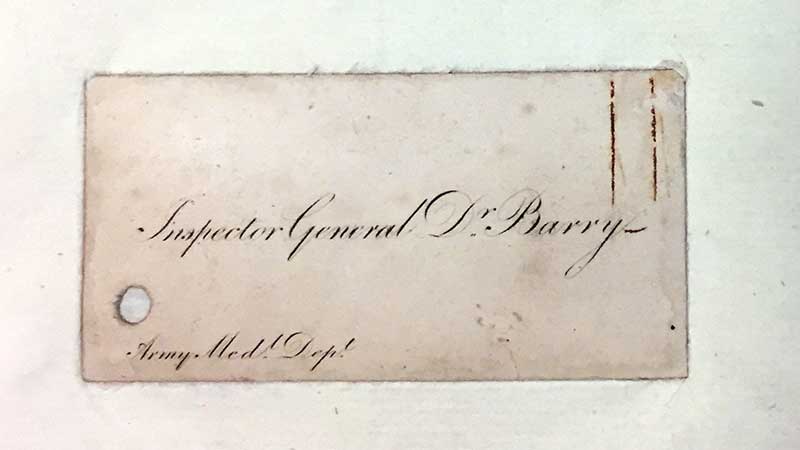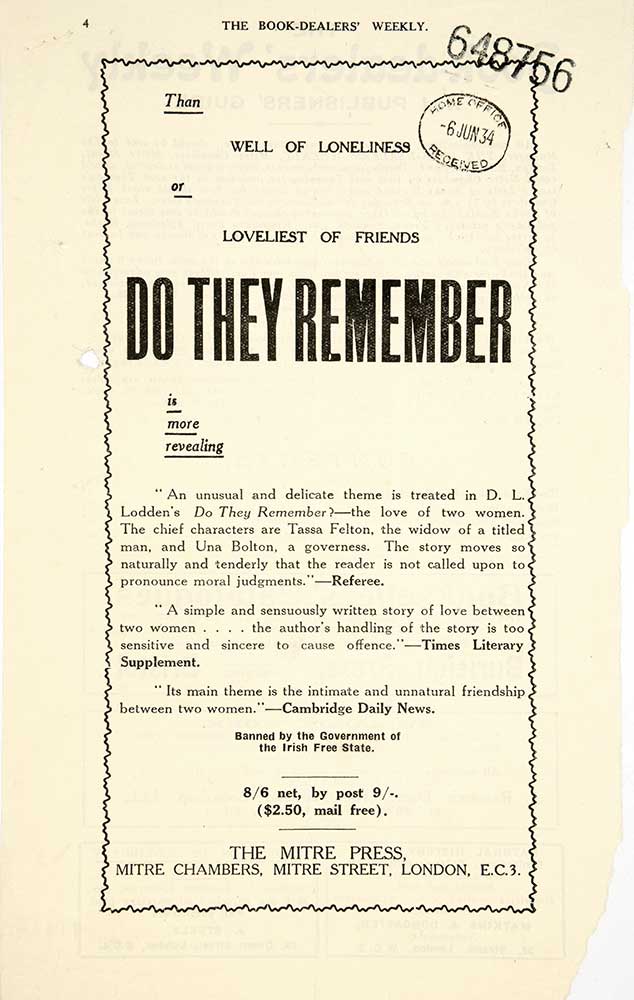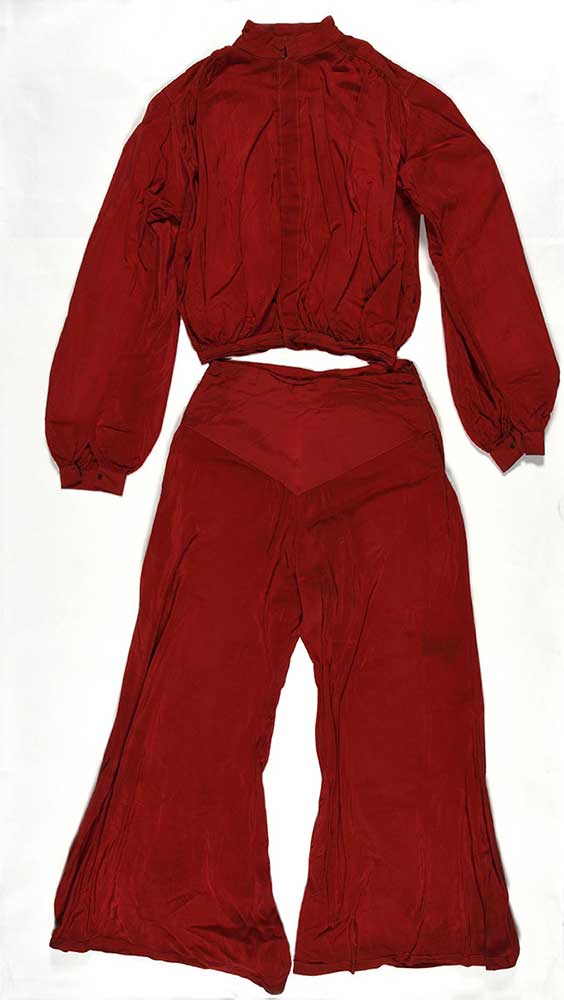The National Archives is currently updating our gay, lesbian and bisexual research guide. If you would like to help us shape the future version of this guide, please complete our short survey.
LGBT+ history is often spoken of as a ‘hidden history’, but this phrase can be misleading. There is a wealth of archival records that relate to the history of sexuality and gender identity. Researchers frequently use specific methods to find the records they are looking for. This is why we have an extensive range of research guides on our website.
For several years we have offered guidance through our gay, lesbian and bisexual research guide. This guide does not currently cover transgender history, as this research was in its infancy when the guide was first developed. Now feels like a good time to give this guidance a bit of a refresh!

Calling card of James Barry (1789/1799 – 1865). A military surgeon in the British Army, Barry lived as a man during their adult life but was assigned female at birth. We hold material related to Barry’s military career (catalogue reference: WO 138/1)
Over the 1000 years of our collections, The National Archives’ records give a valuable insight into how government interacted with and viewed LGBT+ people and communities in the past. The state’s attempt to suppress sexuality and regulate gender in the past has paradoxically left us with many potential sources for the experiences of LGBT+ individuals. Therefore our collections reflect many of the significant moments and milestones in LGBT+ history.
The field of LGBT+ has grown and developed over the last few years, and there is an exciting wealth of new research in this field. Earlier this year we hosted OUTing the Past with LGBT History Month, which invited presenters to share exciting new research, including:
- Hilary McCollum on ‘Sapphic suffragettes’
- Emma Vickers on trans veterans of the British Armed Forces
- E-J Scott on collecting for the Museum of Transology
- The portrayal of LGBT+ people in art, literature and the media were discussed within government. It is in this context that the Home Office seized an advertisement for the lesbian love story ‘Do They Remember’ in 1934 (catalogue reference: HO 144/22430)
- Red lounge suit, a rare surviving physical item, seized as evidence at a drag dance after a police raid on Park House Private Ballroom, 20 December 1932 (catalogue reference: EXT 11/131)
Here at The National Archives we now feel we are in a position to expand our current research advice on lesbian, gay, bisexual history. We will also be developing new research guidance on gender identity and transgender history, and are keen to gather feedback on where this guidance would be best placed.
With 11 million records it is impossible to know everything we hold; the exciting nature of an archive means new gems are being discovered all the time. We are really keen to understand how people use our records to research LGBT+ history.
With that in mind we are thinking over some of the following questions:
- What research are you doing, or have you done, on LGBT+ history in our records?
- Do you think we could improve the guidance we give on LGBT+ history?
- Is anything missing from our current guidance on sexuality?
- How could we best include research guidance on gender identity?
The insights of people actively researching our collections right now helps us advise other researchers, and ultimately open up our collections more and more.
Please complete our short survey to feed back on how we can update our guidance, or leave a reply in the comments below.
Related blogs
1967 Sexual Offences Act: 50 years on


